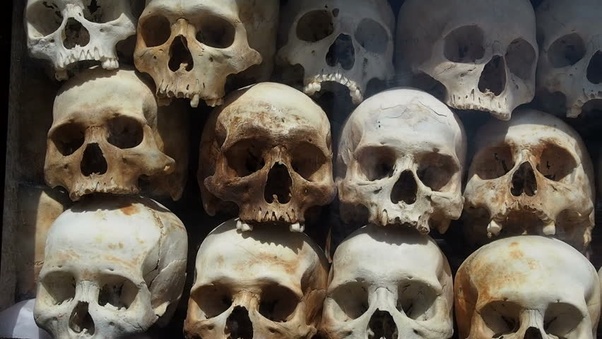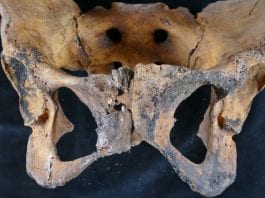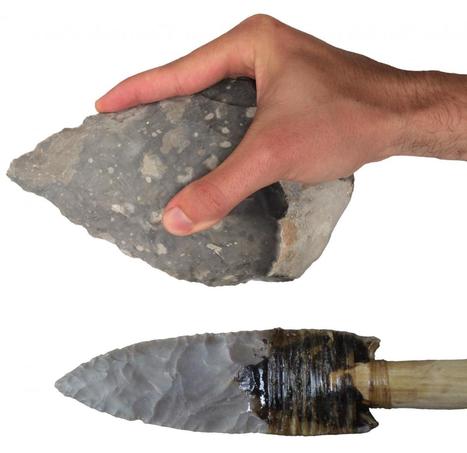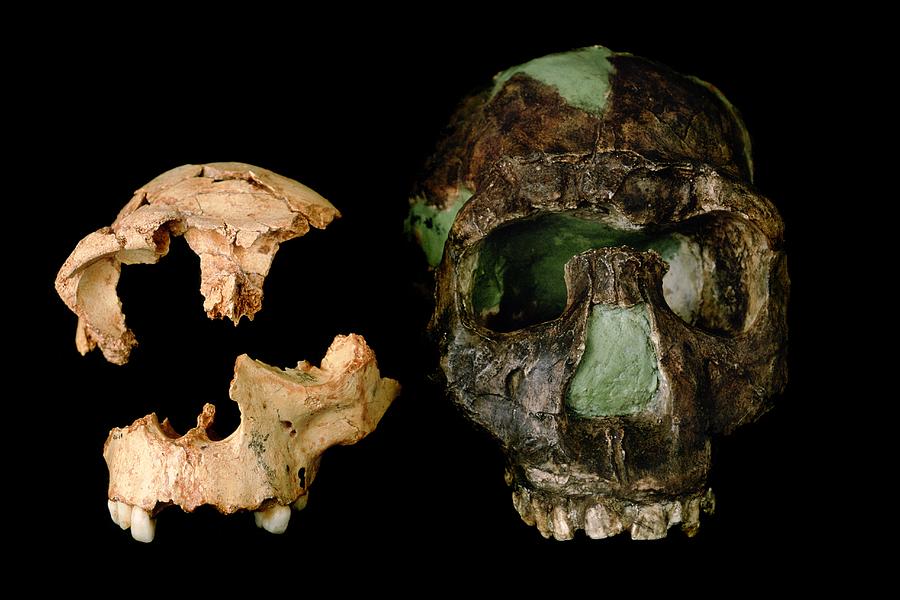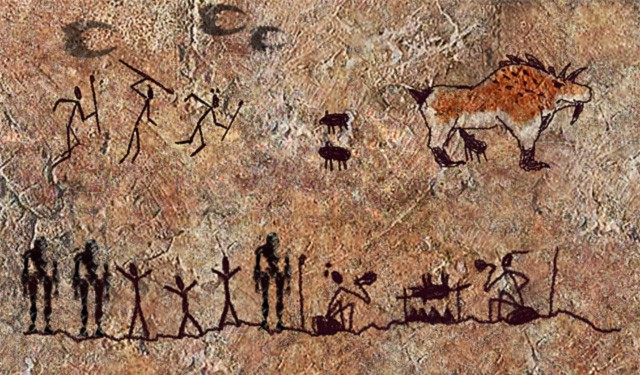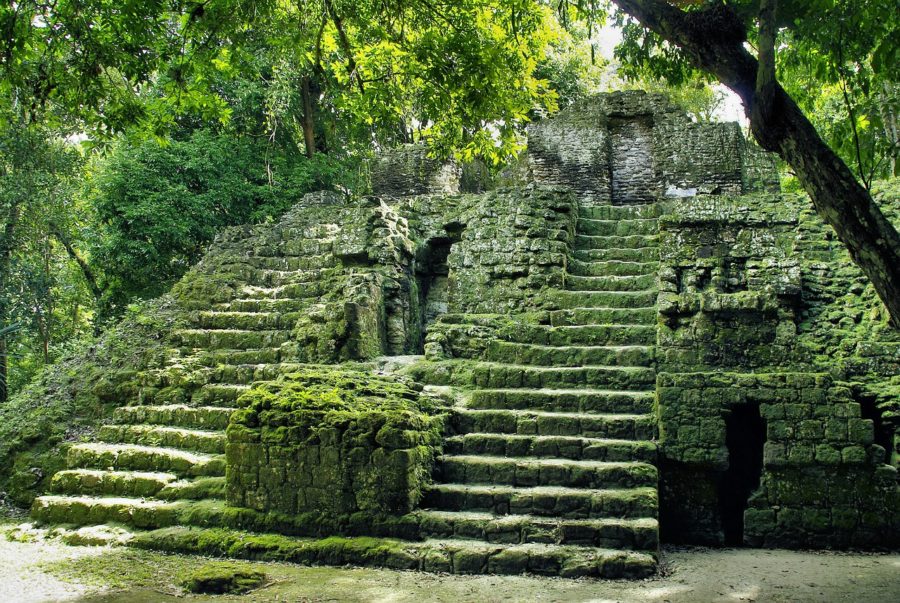#30-Studying the Neanderthal DNA Found in Modern Humans using Stem Cells and Organoids
Studying the Neanderthal DNA found in modern humans using stem cells and organoids Protocols that allow the transformation of human-induced pluripotent stem cell (iPSC) lines into organoids have changed the way scientists can study developmental processes and enable them to decipher the interplay between genes and tissue formation, particularly for organs where primary tissue is […]
#30-Studying the Neanderthal DNA Found in Modern Humans using Stem Cells and Organoids Read More »




